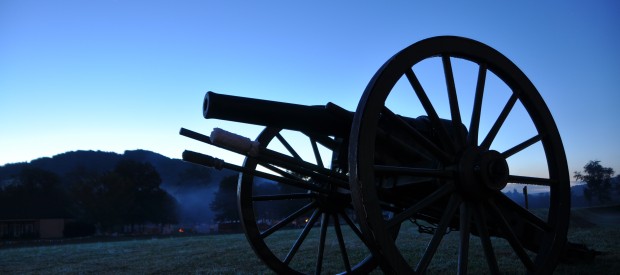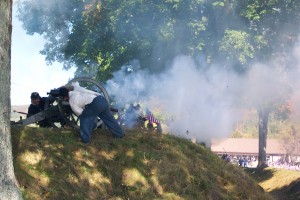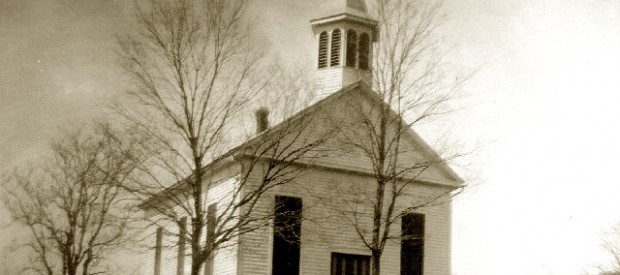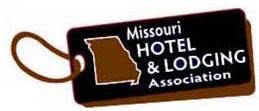
Old Village Mercantile
Listed on the National Register of Historic Places, Old Village Mercantile is the place to be. An authentic c. 1909 mercantile that takes you back to a simpler time. It’s an experience for the whole family. Enjoy 600 varieties of Old Fashioned Candy, fudge, Coffee House & Smoothie Bar, Antique Gallery, Gifts, and so much more to see! Located in the Historic Village of Caledonia, MO, come see for yourself!
The Old Village Mercantile takes you back to a simpler time. It’s an experience for the whole family. The historic building was build in 1909. Also well known for their antiques and homemade goodies.
Caledonia is rich with Scottish history. Main street was built in the mid 1800s. The town today is unspoiled by time. Caledonia is a National Historic District with 33 homes and businesses on the national register. The town of the century, Caledonia, at one time had 4 general stores, an old hardware store, and stage coach inn used in the civil war as a hospital for the union army. Also, a cheese factory and black smith shop.
Caledonia has the oldest continuous masonic lodge over 175 years old and the oldest Presbyterian Church west of the Mississippi. The historic society owns the church and has it open for tours and can be rented for special occasions.
Today the Old Village Mercantile is the only business to survive time in tact with all originality. The rest of the historic district is preserved as homes, shops, and restaurants.

Fort Davidson Historic Site
The Confederates under Gen. Sterling Price may have taken the fort, but Union efforts at Fort Davidson in the Battle of Pilot Knob were crucial to blunting the last Confederate offensive into Missouri. Fort Davidson State Historic Site preserves and interprets the running battle through the Arcadia Valley. The site’s open, grassy fields include the fort’s old earthworks, two Confederate burial trenches, and a visitor center with a narrated story of the battle. (in Pilot Knob on Hwy 221)
Every three years, 10,000+ visitors gather in September for the re-enactment of the Battle of Pilot Knob. In 2014, the 150th anniversary was celebrated by a week long series of concerts and lectures, culminating in the weekend battle re-enactment. Over 25,000 visitors attended this anniversary event. The next re-enactment will be in September, 2024.
Fort Davidson Historic Site winter hours – CLOSED on Mondays!

 The original engagement occurred on September 27, 1864, just outside of Pilot Knob in Iron County, Missouri. Although outnumbered by more than ten-to-one, the Union defenders managed to repulse repeated Confederate assaults on their works, and were able to slip away during the night by exploiting a gap in the Southern siege lines. The attacking Rebels took possession of the fort the next day, but Price’s profligate expenditure of men and ammunition ended his goal of seizing St. Louis for the Confederacy.
The original engagement occurred on September 27, 1864, just outside of Pilot Knob in Iron County, Missouri. Although outnumbered by more than ten-to-one, the Union defenders managed to repulse repeated Confederate assaults on their works, and were able to slip away during the night by exploiting a gap in the Southern siege lines. The attacking Rebels took possession of the fort the next day, but Price’s profligate expenditure of men and ammunition ended his goal of seizing St. Louis for the Confederacy.
Today, the battle area and a museum is operated by the Missouri State Parks system as “Fort Davidson State Historic Site”. The earthworks of the fort are still generally intact, surrounding the huge hole that was caused by the powder explosion. Following the battle, the Confederates retained the field and were therefore responsible for burying the dead. One of the rifle pits was accordingly selected for use as a mass grave. Although the exact number of Confederate casualties are unknown, park historians estimate that total Southern casualties were approximately 1,000. This compares to 200 Union casualties, 28 of whom were killed. The mass grave is now marked by a granite monument. The site is listed on the U.S. National Register of Historic Places.

Bonne Terre Mines
Bonne Terre Mine is listed as one of Americas top ten greatest adventures by National Geographic. Boat & walking tours available; Along this tour, you will see Huge Pillar Rooms, Grand Canyon, Billion Gallon Lake, Trout Pond, Underground Flower Gardens, Beautiful Calcite Falls, and ancient abandoned mining tools, submerged ore carts, wrapped pillars, and ancient abandoned overhead wooden cat walks suspended 50-100 feet above the lake. (On Hwy 67 in Bonne Terre)
One of the world’s largest man-made caverns, founded in 1860 as one of history’s earliest deep-earth lead mines. This was the world’s largest producer of lead ore until it was closed in 1962.
The mine has five levels. Not suitable for service animals. The two upper levels are lighted and used for one-hour, guided walking tours along the old mule trails, showing were miners dug with pick and shovel in the 1860s. (Tour includes a 65-step staircase, in and out.) The mine is a constant 65-degrees, year-round; never affected by the weather.
The lower three levels form a one billion gallon, seventeen-mile long lake, illuminated by more than 500,000 watts of stadium lighting above the water’s surface. Boat tours are available on the crystal clear water, with spectacular views of the abandoned shafts and equipment below.
The mine is home to the largest fresh water scuba diving venue in the world. (Diving reservations are required.) The clear, 58-degree water, illuminated from above, affords divers visibility more than 100 feet down. Diving is conducted in groups of nine, always accompanied by two guides.

Immanuel Lutheran Church, 1861
On the National Register of Historic Places, this building still contains the original hand hewn wooden pews, the original pipe organ, and the sonorous bell, still in use today. (in Pilot Knob)
As the Civil War broke out, a group of German immigrants began building their new church. Little did they know that in 1864, three years after the building was completed, wounded soldiers would lay dying in the place of worship. Doctor Seymour Carpenter, Major, US Army, established several makeshift hospitals in the town of Pilot Knob in preparation of the day of battle. On September 27, 1864, despite the good doctor’s efforts, there were more wounded soldiers than his staff could handle or his hospitals house. Since that day, the church has barely changed and remains a beautiful example of a small town 1860s church right down to having the original pastoral robes.
When the Civil War began, many of Immanuel’s men enlisted in the Pilot Knob Home Guard to protect the area from rebels. From time to time, the church was used by them and later the Union Army as a meeting place. The railroad terminated just a few blocks east of the church, as did the telegraph lines. Early in the war, the church made an ideal outpost for the soldiers who were stationed in Arcadia at Fort Curtis. Many of the troops from Iowa, Illinois, Wisconsin and Missouri were German immigrants or of German stock and mixed freely with members of Immanuel. Several frequently joined the church members in their worship.
After Fort Davidson was built in 1863, Immanuel still served the Union cause, because the fort was only a fortified position and lacked any buildings necessary for the army’s administrative functions. To this day, the congregation possesses a Union telegram book, many of whose telegrams do not appear in the official Records of the Civil War.
The entire Arcadia Valley shook with cannon and gun fire on Sept. 26 and 27, 1864, as Gen. Sterling Price’s Confederate army hammered at Ironton and Fort Davidson. By the time the fighting ceased on the 27th, more than 1100 soldiers lay dead or wounded. After rebel fire began peppering St. Mary’s and the schoolhouse, Dr. Carpenter commandeered Immanuel Lutheran Church as the main hospital and several local houses to tend to the wounded.








